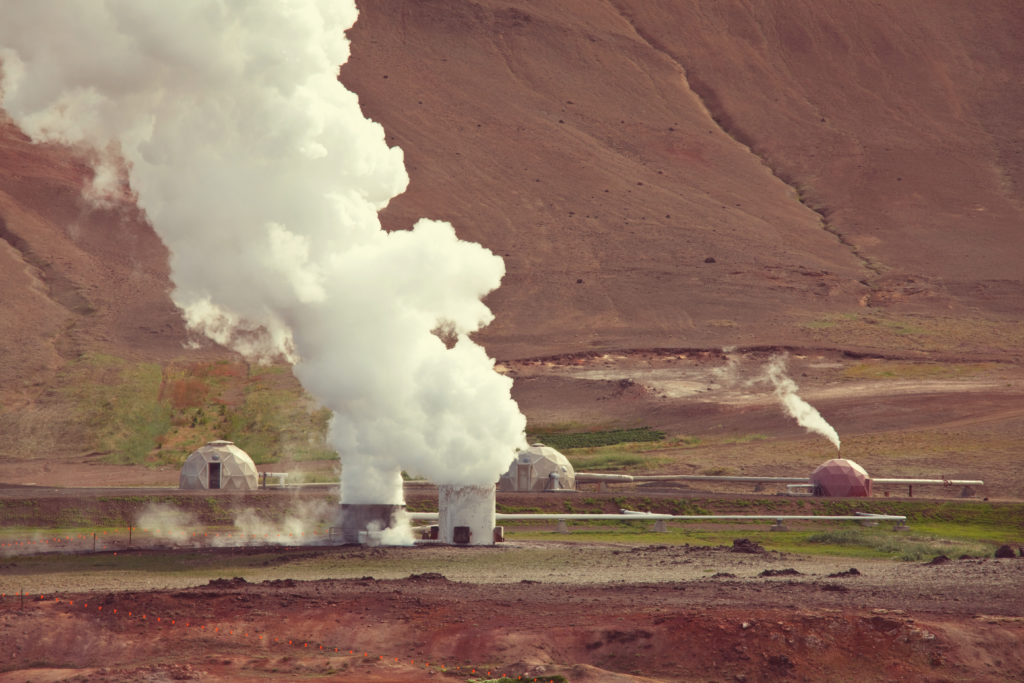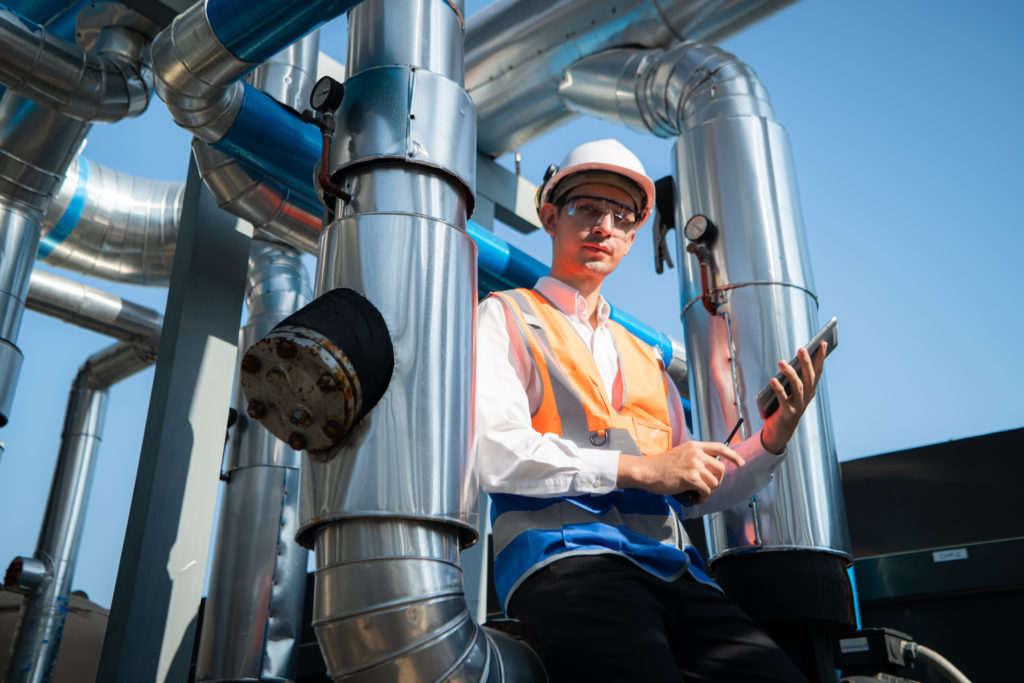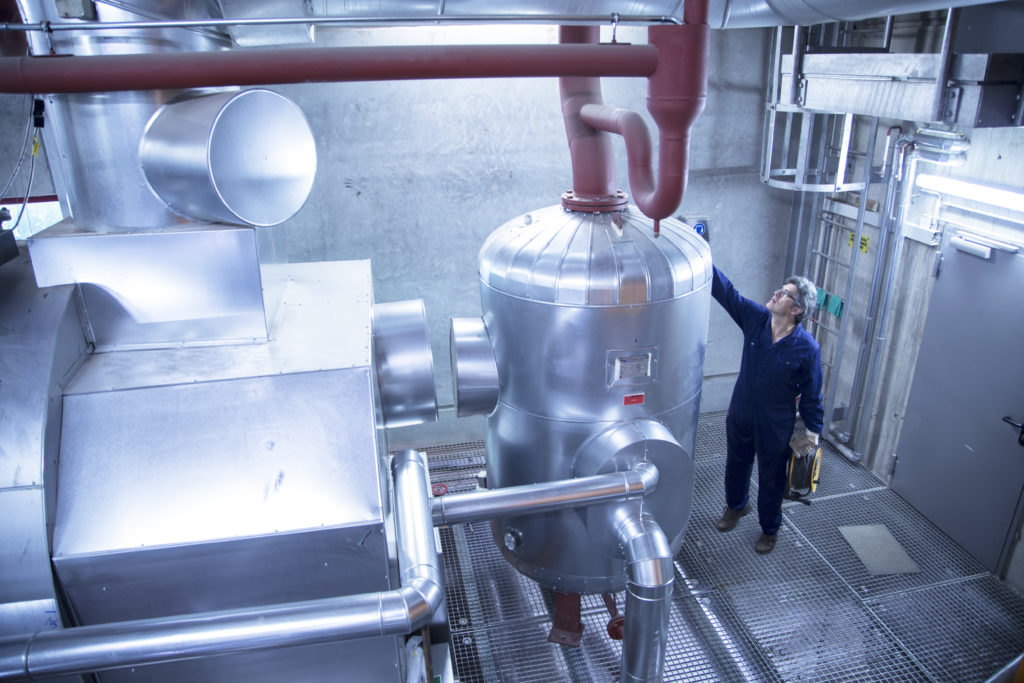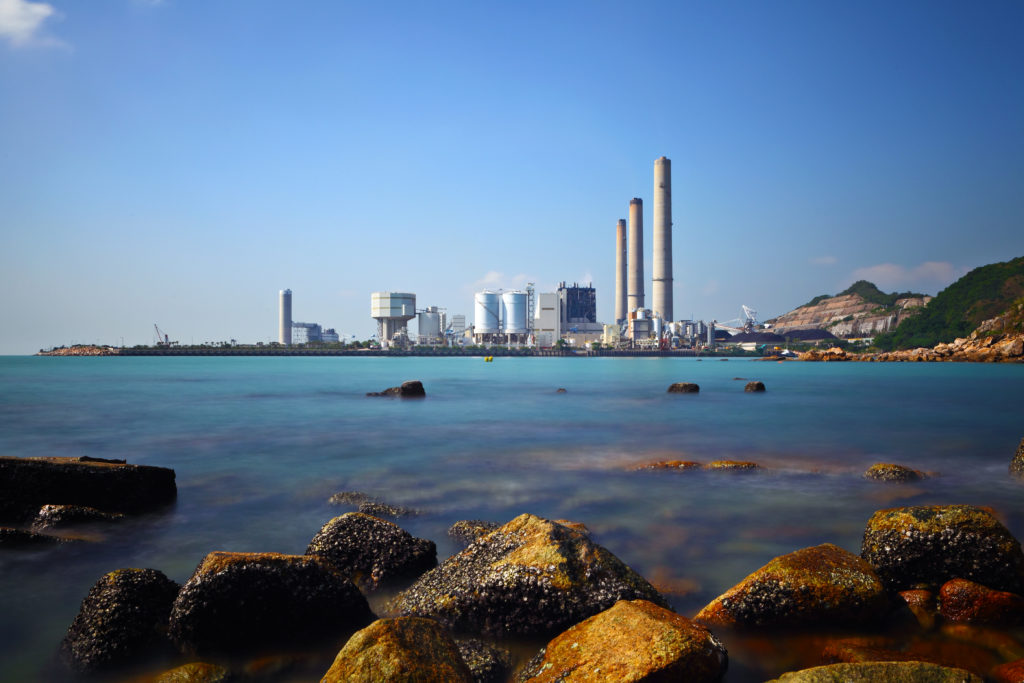Nanotechnology enhances Geothermal Heat Exchangers, increasing efficiency and supporting carbon neutrality by improving heat transfer, reducing energy use, and ensuring durability.
HeatX - save money and reduce your environmental footprint > Articles by: Oceanit
All posts by Oceanit
Harnessing Nanotechnology for Ground Source Heat Pumps
September 23, 2024
Oceanit
Articles, General
Comments Off on Harnessing Nanotechnology for Ground Source Heat Pumps
Ground Source Heat Pumps are gaining popularity for energy efficiency, but high installation costs are a barrier. Nanotechnology solutions like HeatX improve cost-effectiveness and system efficiency.
The Future of Sustainable Corrosion Control in Industrial Heat Exchangers
September 20, 2024
Oceanit
Articles, General
Comments Off on The Future of Sustainable Corrosion Control in Industrial Heat Exchangers
Microbial Influenced Corrosion (MIC) leads to costly damage in industrial systems; HeatX offers a sustainable, effective solution by preventing bacterial adhesion.
Preventing Corrosion in Heat Recovery Boilers with HeatX Surface Treatment
September 19, 2024
Oceanit
Case Studies, General, Insights
Comments Off on Preventing Corrosion in Heat Recovery Boilers with HeatX Surface Treatment
Corrosion in heat recovery boilers from sulfur-bearing fuels causes costly damage. HeatX surface treatment prevents this by creating a durable, high-temperature resistant barrier.
Extending Lifespan and Efficiency of HeatX in Seawater-Fed Heat Exchangers
September 18, 2024
Oceanit
General
Comments Off on Extending Lifespan and Efficiency of HeatX in Seawater-Fed Heat Exchangers
Seawater-fed heat exchangers are widely used in coastal power plants and refineries. They are an economical and efficient method of cooling, taking advantage of the free and […]
Recent Posts
- Boosting Heat Exchanger Efficiency in the Era of Energy Expansion
- Advanced High-Temperature Heat Exchanger Materials with HeatX in Industrial Implications
- The Impact of Digital Twin Technology with HeatX on Heat Exchanger Maintenance in the Oil & Gas Sector
- Innovative Heat Exchanger Solutions by HeatX: Supporting America’s Energy Goals
- Improving Heat Pump Performance in Extreme Weather with HeatX





Recent Comments